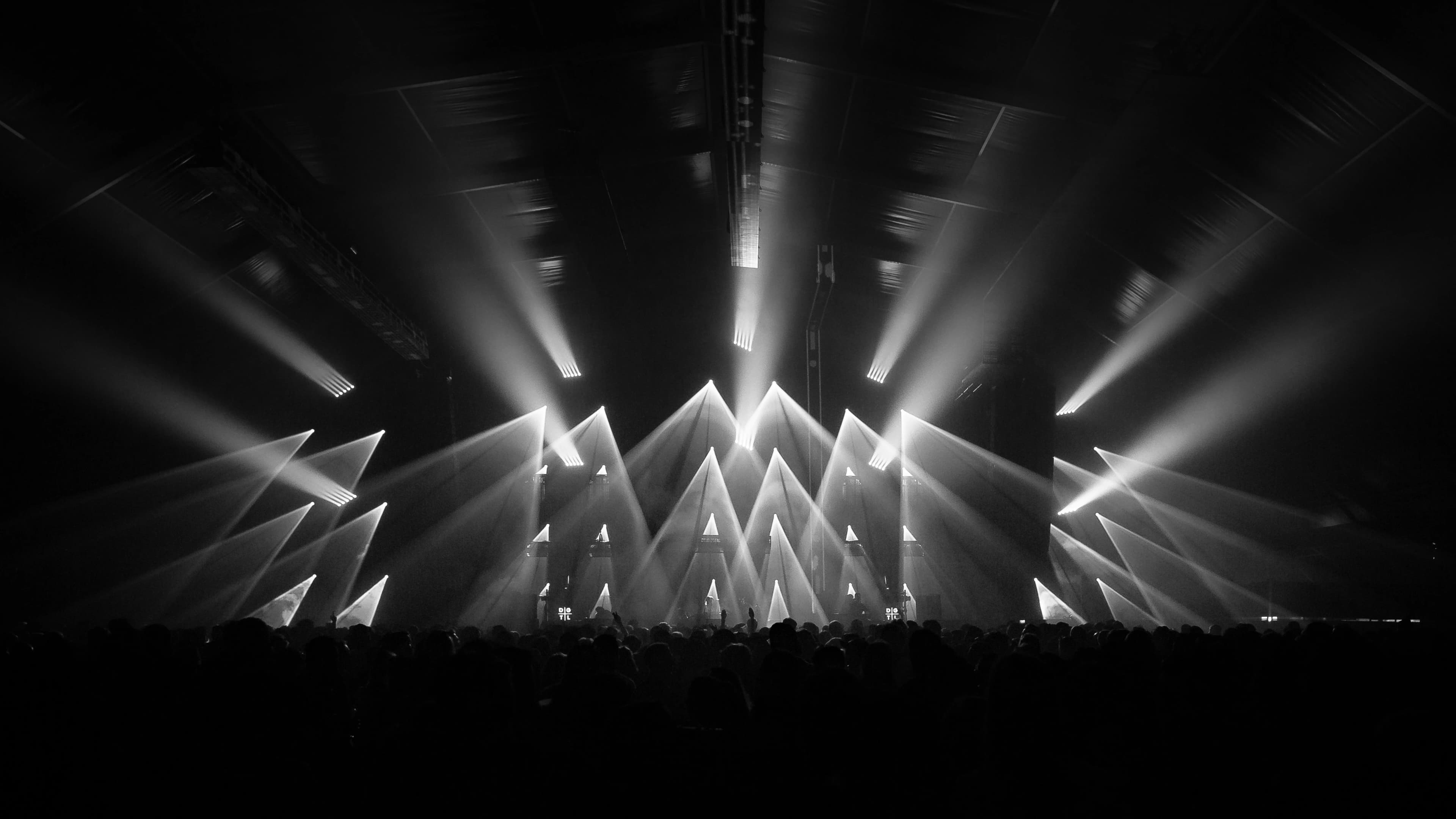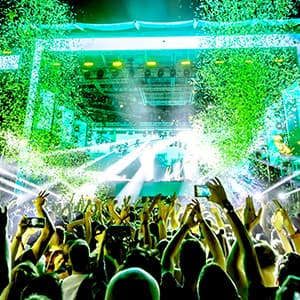

Oktoberfest Tickets
Up to 30% Off Compared to Competitors.
Location: Select Location (e.g, New York)
Events Nearby
We're Sorry. There are currently no events near you.
About Oktoberfest
In recent years, Oktoberfest has adapted to changing times while preserving its cultural heritage. The festival typically runs from late September to the first weekend in October, showcasing a vibrant lineup of concerts and performances. Various beer tents host live bands playing everything from traditional polka music to contemporary hits, ensuring there is something for everyone. In 2023, the festival saw a return to full-scale events after disruptions caused by the COVID-19 pandemic, with numerous renowned artists and bands performing live. The festival's organizers have made efforts to include a mix of local talent and international acts, enhancing the festive atmosphere. Special performances and themed nights have become a staple, drawing larger crowds each year. Furthermore, Oktoberfest has expanded its digital presence, offering live streams and virtual experiences for those unable to attend in person. As the festival continues to evolve, it remains an essential part of the cultural fabric of Munich and a premier destination for concert-goers and music lovers around the world.
Oktoberfest History
Oktoberfest, originally a royal wedding celebration, has evolved into the world's largest folk festival, held annually in Munich, Germany. First celebrated in 1810, this iconic event has grown from a small local gathering into a massive festival attracting millions of visitors from around the globe. The roots of Oktoberfest can be traced back to the marriage of Crown Prince Ludwig to Princess Therese of Saxe-Hildburghausen, where citizens were invited to join in the festivities. Over the years, the festival has expanded, incorporating music, dance, and performances that celebrate Bavarian culture. Live music has always played a vital role in Oktoberfest, with traditional folk bands, modern pop acts, and even international artists taking the stage to entertain festival-goers. The music genres have diversified, but the spirit of camaraderie and celebration remains at the heart of Oktoberfest, making it a beloved event for both locals and tourists alike.
